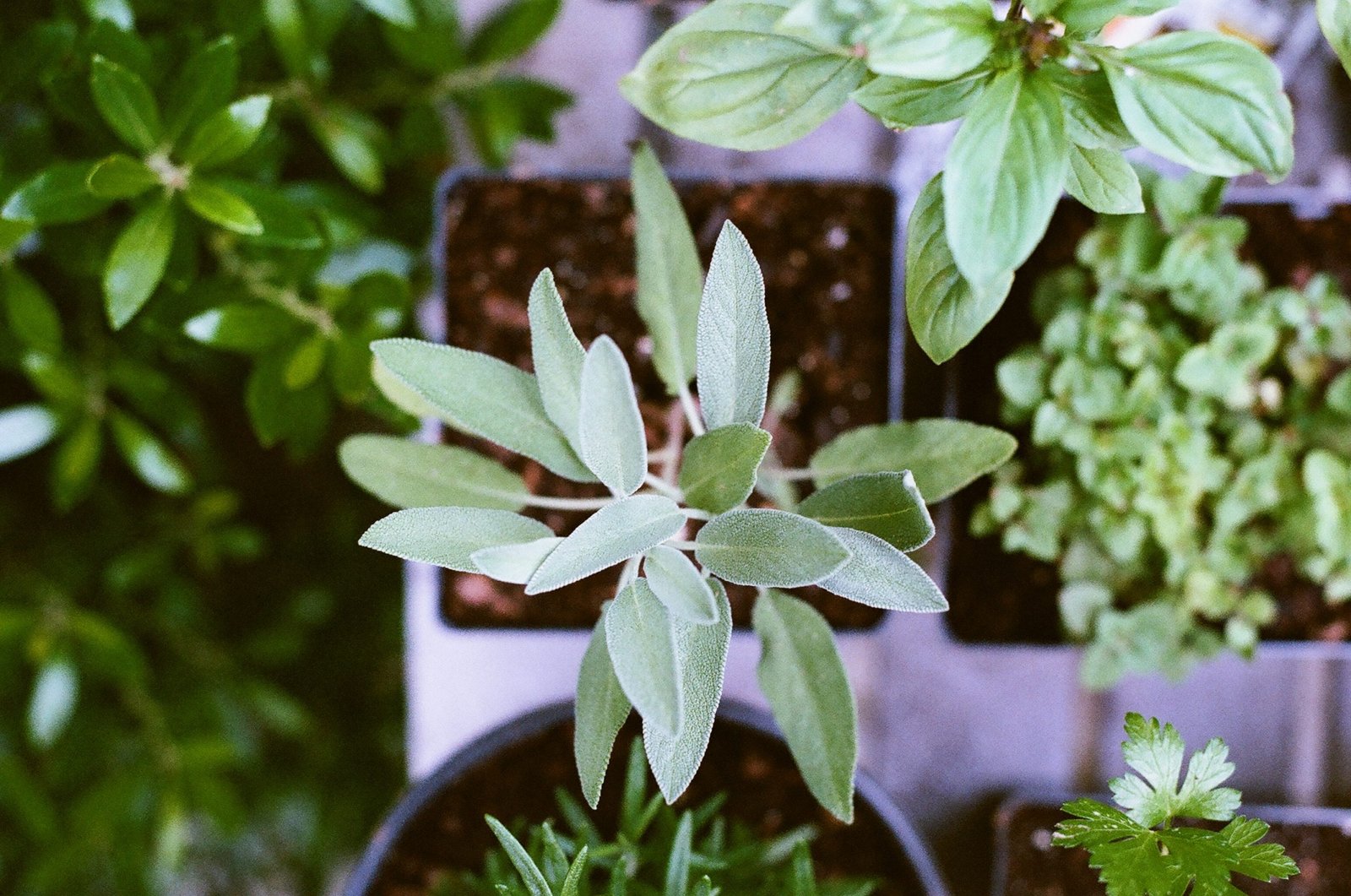Container gardening and small plots offer an excellent solution if you have limited space or if you’re looking to maximize your green areas. Whether you have a small balcony, patio, or even just a windowsill, container gardening allows you to create a vibrant and productive garden. Let’s explore the benefits and practical tips for container gardening and small plots, empowering you to make the most of your available space.
Space Optimization
Container gardening enables you to utilize every inch of available space. With a variety of containers such as pots, planters, and hanging baskets, you can grow a wide range of plants vertically and horizontally. Take advantage of walls, fences, railings, and windowsills to create a vertical garden, using trellises or hanging planters to add depth and greenery.
Plant Selection
Choose plants that are well-suited for small spaces and containers. Compact and dwarf varieties are ideal for container gardening, as they require less space while still providing an abundance of produce or beautiful blooms. Herbs, salad greens, cherry tomatoes, peppers, and strawberries are excellent choices for container gardening.
Soil and Drainage
Select a high-quality potting mix specifically formulated for container gardening. Good drainage is essential to prevent waterlogging and root rot. Ensure that containers have drainage holes, and consider adding a layer of gravel or broken pottery at the bottom to facilitate water drainage.
Sunlight and Watering
Observe the sunlight patterns in your space and choose plants accordingly. Most edible plants require a minimum of 6 hours of sunlight per day. Monitor the moisture levels of the soil and water your containers regularly, ensuring they stay consistently moist but not waterlogged. Use a watering can or a drip irrigation system for precise and efficient watering.
Companion Planting
Implement companion planting techniques in your container garden to maximize space and enhance plant health. Pairing compatible plants can deter pests, promote pollination, and optimize nutrient absorption. For example, planting basil alongside tomatoes can improve the flavor of both plants while deterring pests. Learn more about companion planting here.
Vertical Gardening
Utilize vertical space by training plants to grow upward. Install trellises or stake systems for climbing plants such as cucumbers, beans, or small varieties of squash. This technique allows you to grow more plants in a limited area while creating an aesthetically pleasing display.
Container Care
Regularly monitor your containers for weeds, pests, and diseases. Remove any unwanted plants and address pest or disease issues promptly to prevent spreading. Fertilize your container plants with a slow-release organic fertilizer or use compost to provide necessary nutrients throughout the growing season.
Winter Considerations
For those in colder climates, container gardening provides flexibility as you can move your plants indoors during the winter months. Select plants that can thrive in indoor conditions, and provide them with adequate light and temperature requirements.
Container gardening and small plots offer an exciting opportunity to create a thriving garden in limited spaces. By optimizing your available space, selecting suitable plants, and implementing efficient watering and care practices, you can enjoy a productive and beautiful garden. Container gardening allows everyone, regardless of space limitations, to experience the joys of growing their own food or creating a green oasis. Embrace the potential of container gardening and transform your small space into a flourishing haven of plants and nature.
Want to learn how to build containers for planting? Read our Guide to DIY Gardening and how to Build Raised Garden Beds








Leave a Reply